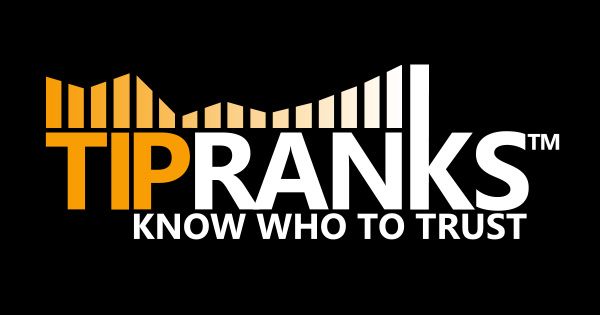On a clear day, you can see ... what? The MTA has an answer
As Long Island Rail Road riders know, the world outside their train car is a murky vista.
That's due to dingy, hazy windows, long ago damaged by the sun's rays.
But the future is brighter. The next generation of LIRR cars — to be approved by the Metropolitan Transportation Authority board Wednesday — will have defogged windows that promise to remain clear. That's just one of the highlights. The new cars also are likely to include phone charging ports, possibly in every row. Then there's ... wait for it ... push-button doors for the bathrooms.
Exciting times for LIRR riders, indeed. But they'll have to wait a bit.
Under the $2.3 billion contract that the MTA's finance committee approved Monday, the LIRR will — if all goes well — receive 160 new cars; Metro-North Railroad will get 156 cars. The MTA hopes the first batch will start service in 2030, with the full set ready to go by 2032.
Once the new cars known as M9As are in service, the much-maligned M3s, part of the current fleet with their duct-taped red and blue cushions and 1980s basement-style wood paneling, can hopefully head into permanent retirement.
Now that's worth celebrating.
New rolling stock is, in all seriousness, a critical part of the continuing effort to improve LIRR service in meaningful ways, especially since newer, more modern trains are less likely to break down and more likely to attract new customers.
It's telling that incremental improvements like this one are moving forward. Bigger asks — like electrifying our dirty, noisy diesel trains — still seem so distant, in part because they're so much more costly and complicated. And we're not even talking about more modern, high-speed rail, about which we're only able to dream, especially during challenging times.
Nonetheless, the M9As could mark a new era for the LIRR. MTA officials say they got a good deal this time, emphasizing that they brought the price down by nearly 15% from the manufacturer's original best offer last fall, and negotiated 11 months off the delivery timeline, too. And the trains are being made in upstate Hornell, keeping jobs and economic benefits in-state.
The MTA was stuck with just one real, available bidder — Alstom Transportation Inc. in New York City — from which to choose. Alstom is not a total stranger. It acquired the MTA's previous choice, Bombardier Transit Corp., with which the authority had past difficulties. Hopefully, it's the Alstom part of the company that fulfills this contract.
That leads to the real question. Can Alstom break the MTA's long-standing delay-ridden track record when it comes to train cars and other equipment? The last time the MTA introduced new cars — the M9s — was when the authority came to an agreement with Kawasaki Rail Car in 2013. But it took more than a decade for the last of them to reach Long Island's train tracks — five years behind schedule.
The M9As, too, are already late. The MTA hoped to have them in service when Grand Central Madison opened in 2023. Those efforts were delayed by supply chain problems and the dwindling number of possible manufacturers.
With a contract in place, the hope is Alstom will perform better than its predecessors so that in five years, new train cars will traverse LIRR tracks.
It's a low bar. But even the smallest of improvements are worth applause — especially if we can see them through a clear window.
Columnist Randi F. Marshall's opinions are her own.

Randi Marshall is a member of the Newsday editorial board.












